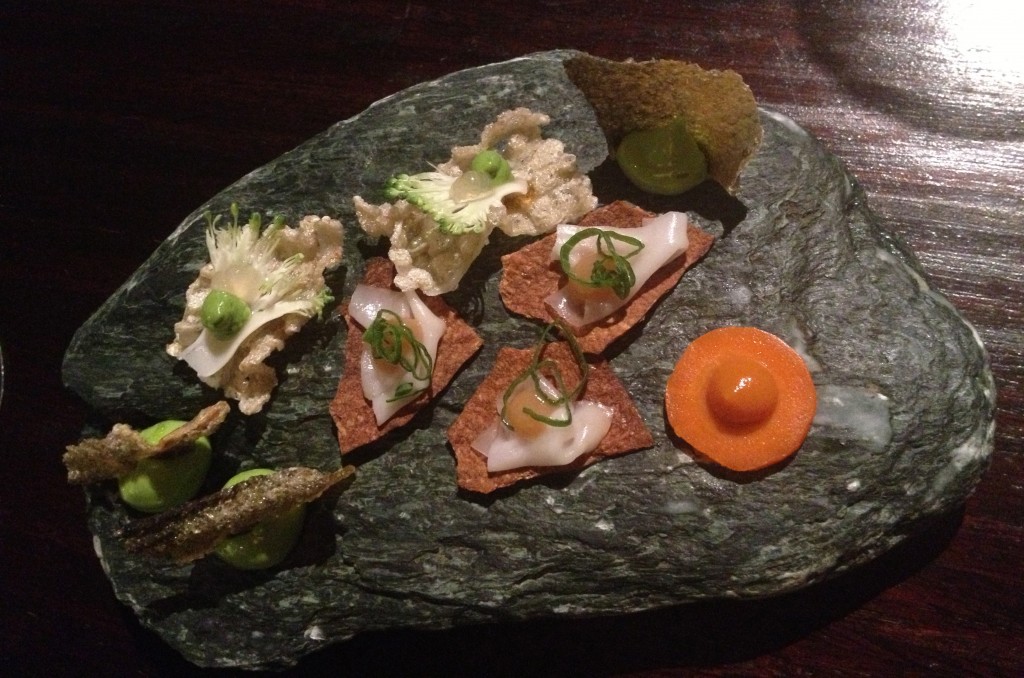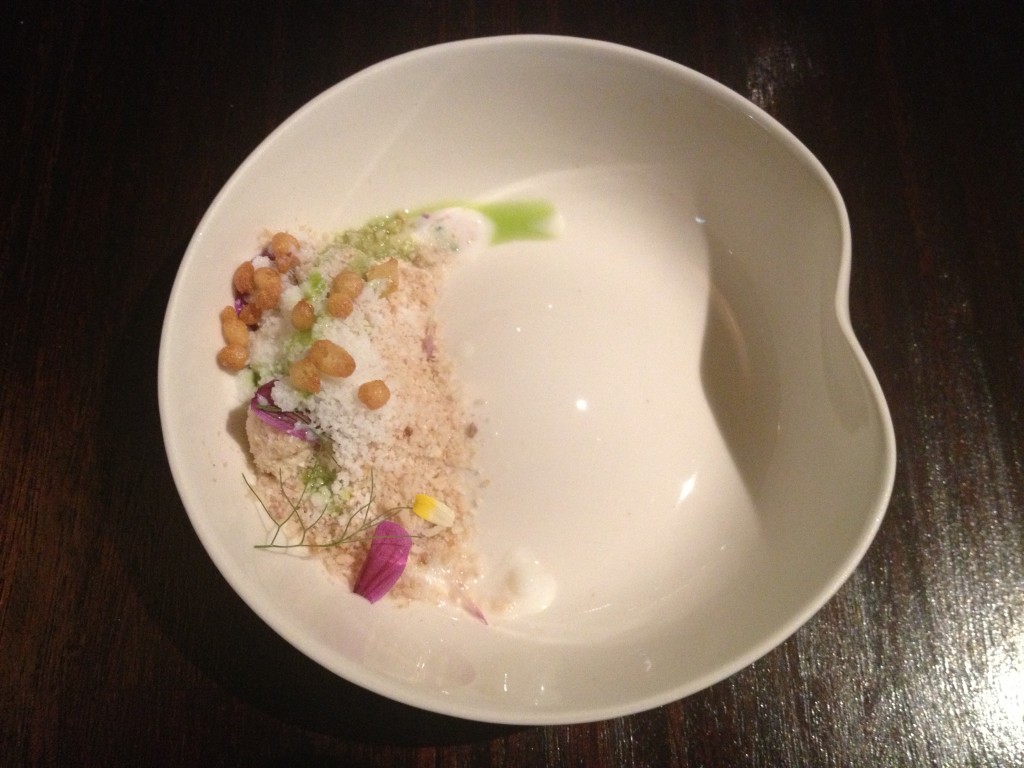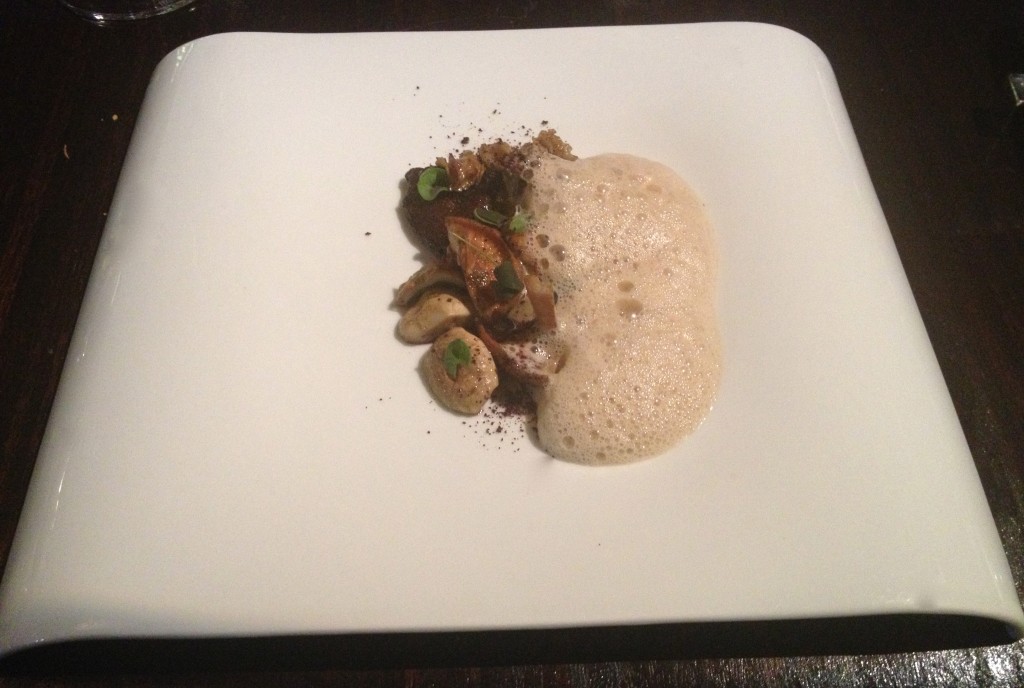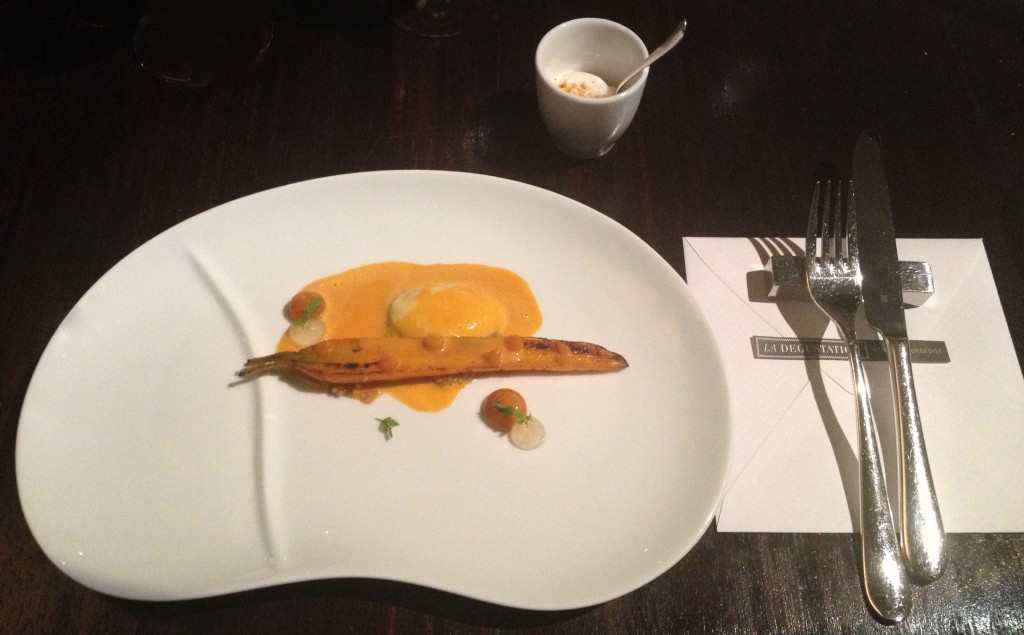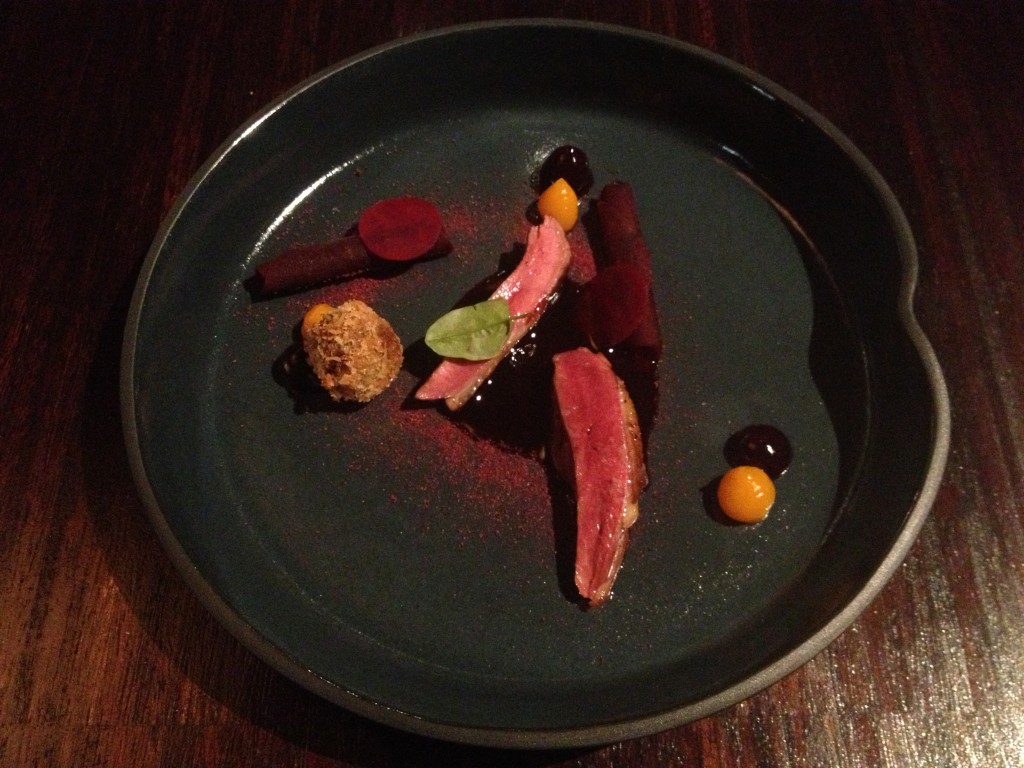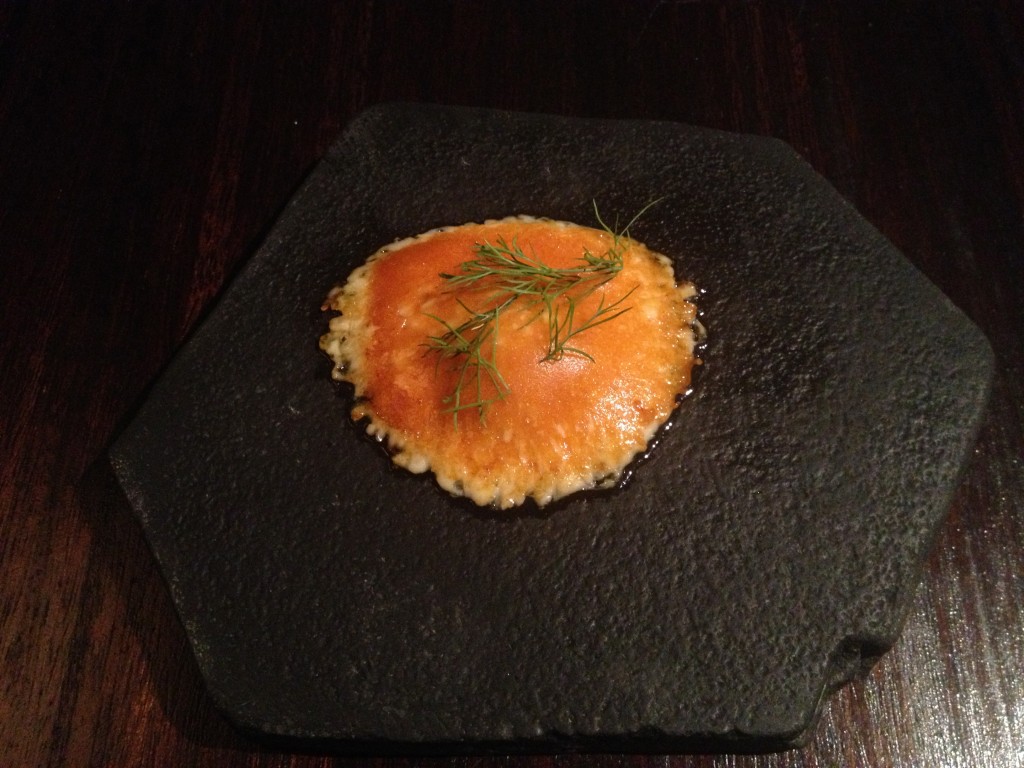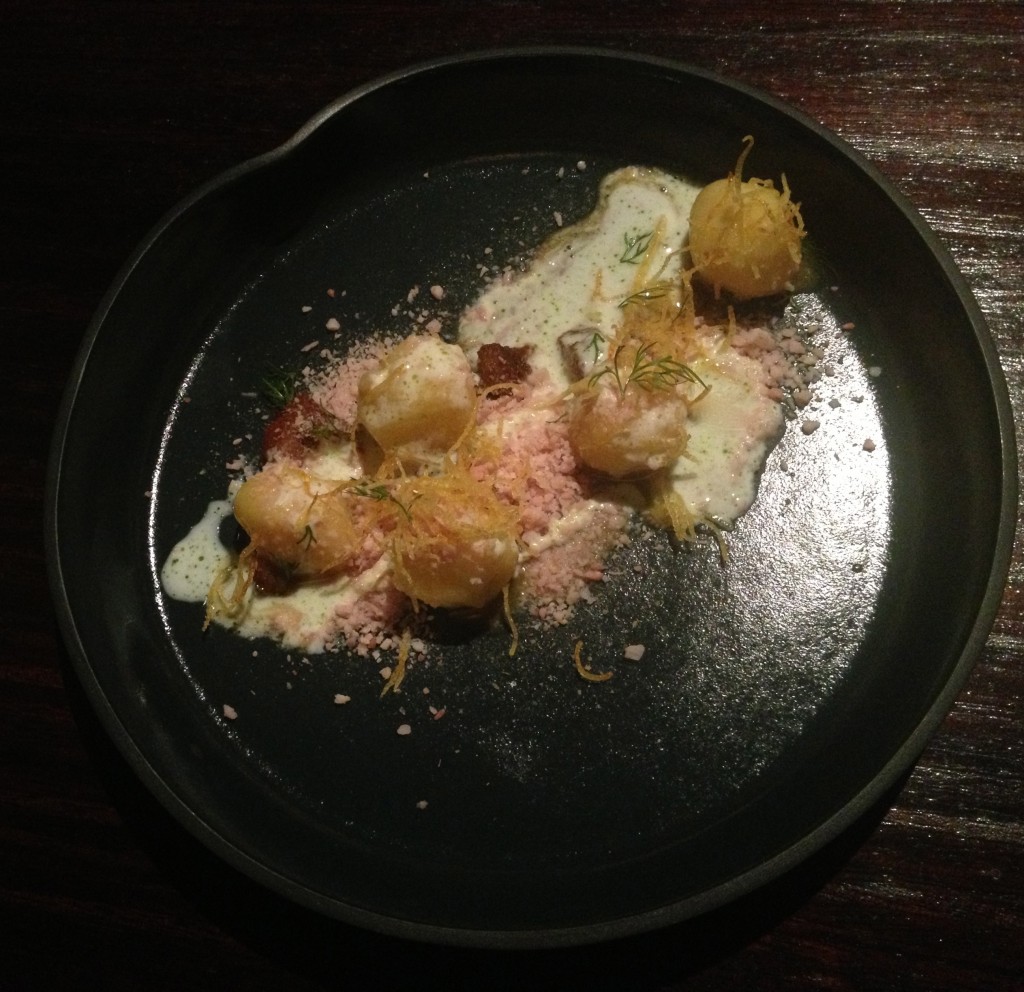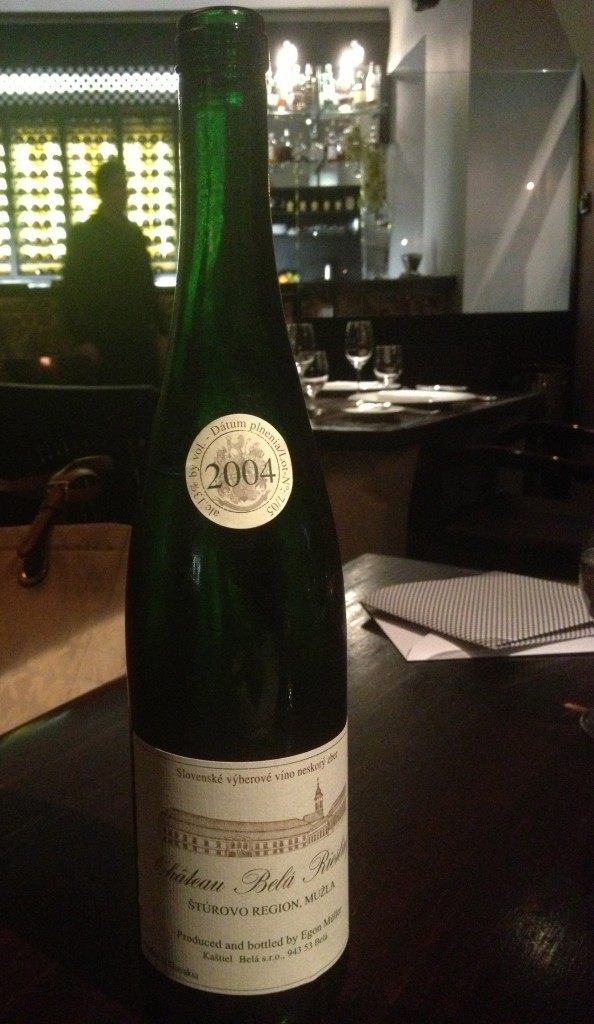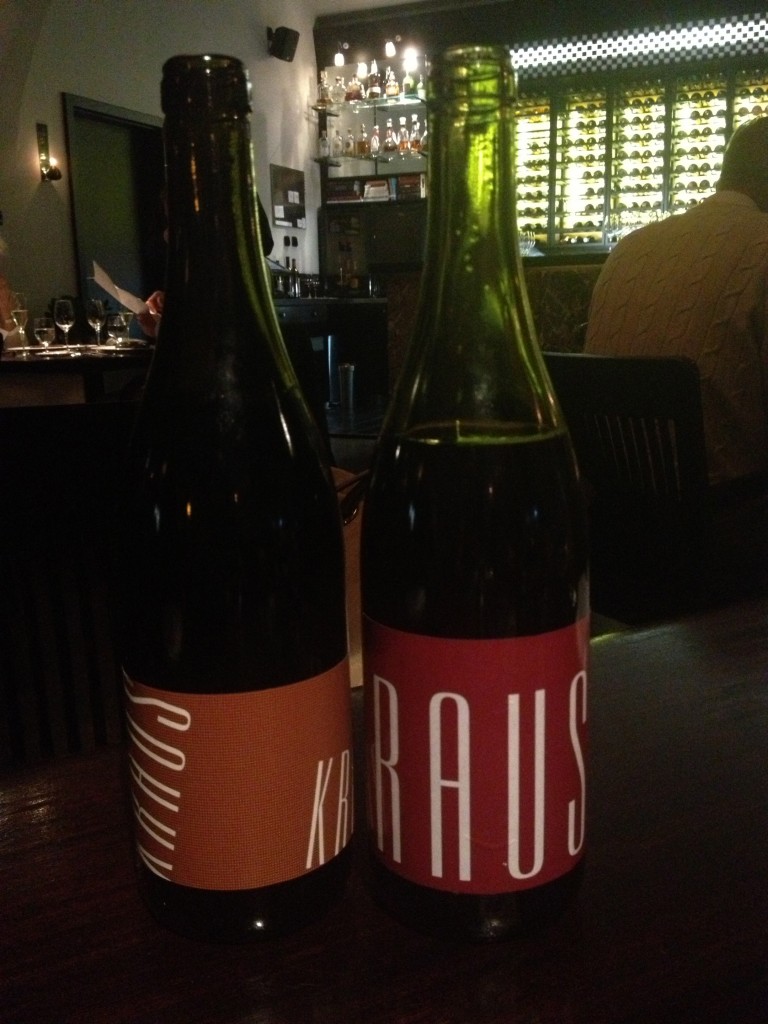La Degustation Bohême Bourgeoise: first Czech Michelin star with persistent passion
La Degustation Bohême Bourgeoise is the first restaurant in Prague that was awarded a Michelin star. Rightfully so, as since 2006 this gastronomic eatery has been challenging plentiful stereotypes about the czech cuisine.
“We think differently about food. We want it to bring you an extraordinary experience. This is why we cook small meals that arouse all the senses and inspire thought. The first mouthful awakens curiosity, the seconds brings centered perception, and the final bites inflame emotions, the feeling of an unsated appetite, and the desire for the next dish.”
Some dishes look deceptive. My first course of Smoked Třeboň trout with buttermilk looked like a creamy desert with crumbles and ice, yet indeed I could taste the South Bohemian trout fish in the icy camouflage and sour touch of locally popular butter milk. Such a perfection of preparation with an exquisite harmonious and refreshing sensation for the palate was exciting.
Moving to white meat with Štěpánovsko farm chicken served with bell pepper, I was assured that the chef knows where all his main ingredients come from. Local farms have high standards of quality and are usually quite small compared to other bigger countries. The chicken was tender and could rival the famed Bress birds in France with the purity and depth of its taste.
The last course was the highlight we had to repeat twice how excellent it was! The Blaťácké zlato cheese was baked into a small ravioli-shaped sizzling heaven of chewiness. Served on a hot stone and seasoned simply with a branch of dill, uncomplicated met bliss in this savoury dish. On the menu it is paired with local wheat beer by Matuška, but it is equally enjoyable with a glass of any of the red wines made by Pavel Springer or a duo of the former US ambassador with his brother-in-law Stapleton&Springer.
Sweet option for the last course – the Milk, honey, pollen – sounded more like a cure than a treat, yet it was surely a pleasure for the sweet tooth. Paired with Grape juice Malverina made by Vinselekt Vinselekt Michlovský, it was an original match of a drink and a meal worth trying.
In the eleven-course menu the interesting and tasty extra dishes were:
Prague ham “skubanky”, were better than my favourite granny version (please, don’t tell her). The tiny balls of dumplings with the smokey cured Prague ham were brought to equilibrium by probiotic kefir (trend catcher in the US) and herbs.
Foie gras, peach, pistachios, was the least Czech dish, but again presented in a unique icy refreshing coat and it paired wonderfully with the slightly sweet Riesling from the Slovak winery Chateau Bela.
Beef tongue, pea porridge, apple, was a haute take on a peasant meal typical mainly for the Czech villages, made to nourish and strengthen the farm workers.
Drinks: Helmed by head sommelier Roman Novotny, La Degustation prepared a genuine wine-feast experience for its guests. This is one of the most flexible wine approaches I have experienced at restaurants to date. The only other dining establishment I could compare to La Degustation in terms of scope and quality (although much more expensive) of wines available by the glass was 110 Taillevent in Paris. The form is different though. While Taillevent offers 110 wines-by-the-glass served in various sizes from its enomatic machines, at La Degustation next to the suggested wine-pairing menu, the sommelier can adjust the pairings according to your preferences, what more he opens almost! every bottle on the list and serves is by-the-glass. Therefore, the wine list at La Degustation is not the complete story for your palate, allowing you to enjoy many, especially the Czech and Moravian wines, during one dinner.
We started with the off-dry Chateau Bela Riesling. This wine from Slovakia is owned by the legendary Mosel (Germany) producer Egon Muller. Wonderful surprise right from the beginning! This wine could easily rival any top German Rieslings priced in most vintages (but not all since the 2001 vintage was exceptional a accordingly priced). Balanced acidity by sweet touch of apples and pears, mineral subtones and very long after-taste was beguiling.
We continued trying many other wines by-the-glass, taking advantage of the sommelier’s flexibility and thoughtful suggestions and drunk wines made by the Bohemian producer from Melnik – Kraus (his Pinot Noirs reflect the local terroir and vintage variability in the Burgundy-like fashion); the Moravian (near the Austrian border) red wines made by Pavel Springer (Skale); Stapleton&Springer (Rouci); Hort (his award-winning rose is intriguing) and Valihrach (whose white wines must by tried).
Being in the Czech republic the Pilsen beer cannot be left out, but also a local wheat beer by Matuška is an available alternative to wine or a treat for the beer aficionados.
Visit: September 2013 (also in July 2011)
Address: Haštalská 753/18, 110 00 Praha 1;
Contact: Tel: +420 222 311 234
Opening hours: Dinner only. Mon-Sun: 6pm-midnight; closed during the summer holiday season (usually in August).


